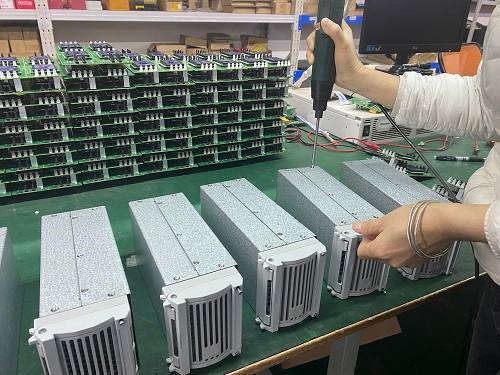
In order to reduce and eliminate the interference of the harmonic current generated at the input end of the high-frequency switching igunmọ to the public grid and other electrical equipment, reduce the rated capacity of the front-stage AC backup power supply and power distribution equipment, save equipment investment, power factor compensation (PFC) It has become an essential functional requirement for high frequency switching rectifiers. The input power factor of the high-frequency switching rectifier with active power factor compensation can reach 0.99 or higher, and when the input power factor reaches 0.999, the input harmonic current of the rectifier can be reduced to less than 3%, which is harmful to the utility grid and other Electrical equipment will not cause any interference.

From the perspective of monitoring and management of the power environment of the computer room by the communication bureau, using the network to centrally monitor the power environment system of the computer room instead of manual management has become the management direction of the current communication power system. Since 1993, centralized monitoring systems for power supply and air-conditioning equipment have been put into operation in some long-distance and local telephone offices. The construction of a centralized monitoring system for the power environment of the computer room has become a hot spot in the management of modern communication power systems. Ni asiko yi, the communication power products manufactured by various domestic manufacturers, such as high-frequency switching rectifiers and their systems, AC uninterruptible power supplies (Tosun) and inverter power supplies, all have monitoring functions and corresponding communication protocols. Due to various reasons, the monitoring of the power environment of the computer room of each communication bureau has not been run under a unified and practical communication protocol. Most power supply manufacturers have both standard communication protocols formulated by the communication industry and communication protocols formulated by the enterprises themselves. For some communication stations that use the communication protocol compiled by the manufacturer to realize the centralized monitoring of the power supply system, the limitation of the communication protocol will cause certain restrictions on the selection, transformation and replacement of the power supply equipment.
